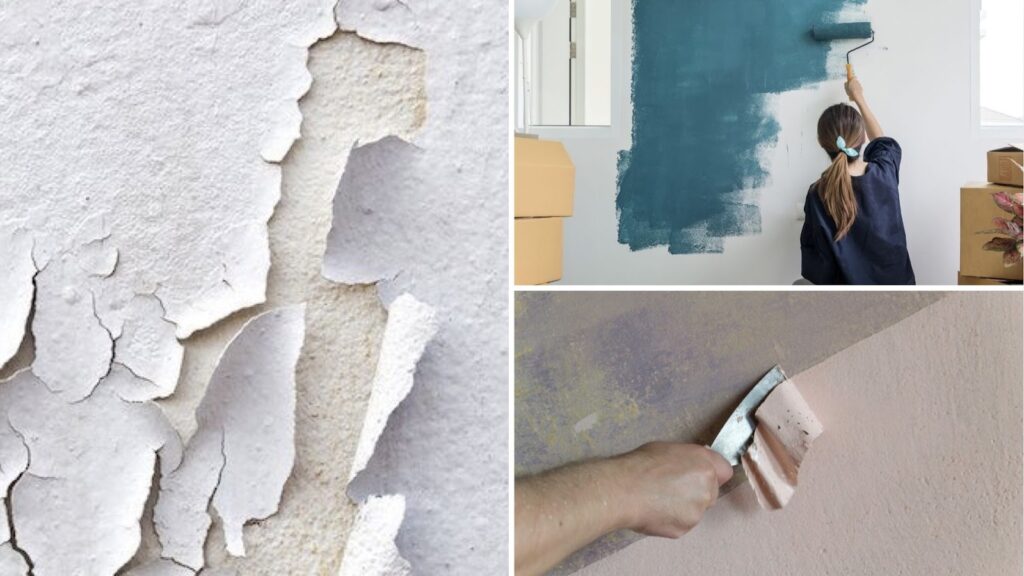If you’ve been wondering why your wall paint is peeling, don’t worry. We’re here to show you exactly how to repair it. Peeling paint can happen for a bunch of reasons, from moisture and poor prep to low-quality paint. Sometimes it even flakes off like skin. But here’s the good news: fixing peeling paint isn’t as hard as it seems. With the right steps, tools, and a bit of patience, you can bring your walls back to life.
Spotting the Signs: Is It Peeling or Something Else?
Before you go into repairs, you need to know why your wall is peeling. Common signs include bubbles, cracks, and areas where paint is flaking off like skin.
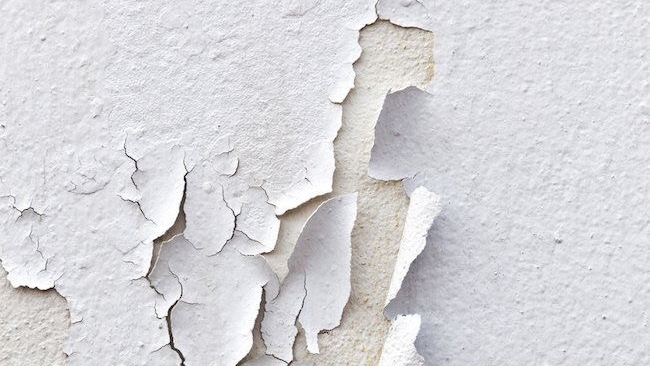
Sometimes, it’s caused by moisture or a dirty surface underneath. Other times, it’s all about the paint itself. A quick inspection can reveal what went wrong—and that’s the first step to fixing it.
Moisture Is Your Wall’s Biggest Enemy
Moisture is a major culprit when it comes to peeling paint. If water seeps into your wall, the paint simply can’t hold.
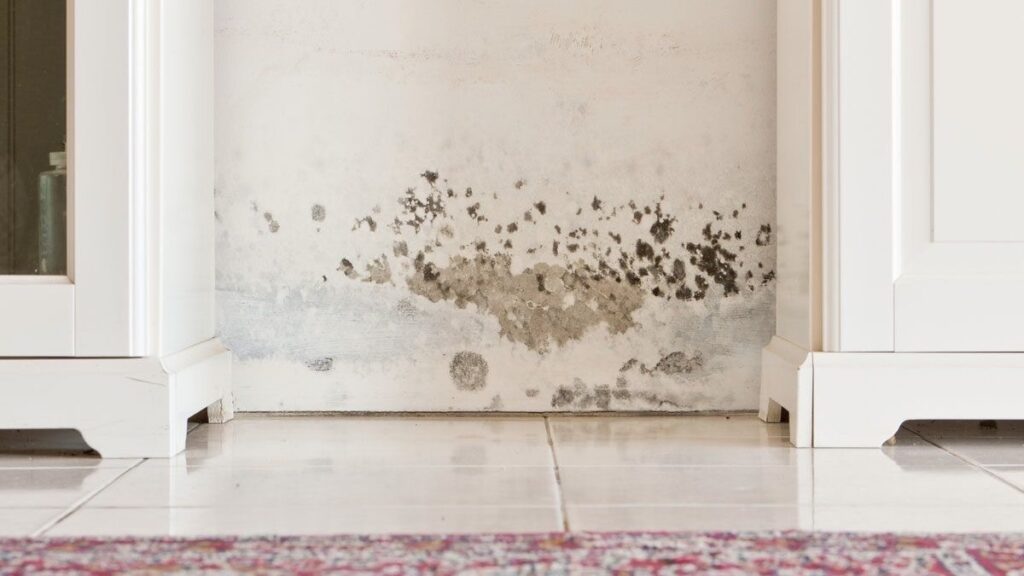
Whether it’s from a hidden leak, high humidity, or a damp basement, the damage can be very frustrating. To fix peeling paint caused by moisture, dry out the wall completely, patch any leaks, and apply a primer before you repaint. If moisture was the actual problem and you follow through these instructions, your wall paint will be just perfect.
Poor Prep Work
Let’s be honest, skipping prep work is an easy way to sabotage your paint job. Dust, grime, or leftover flakes of old paint can prevent new paint from sticking.
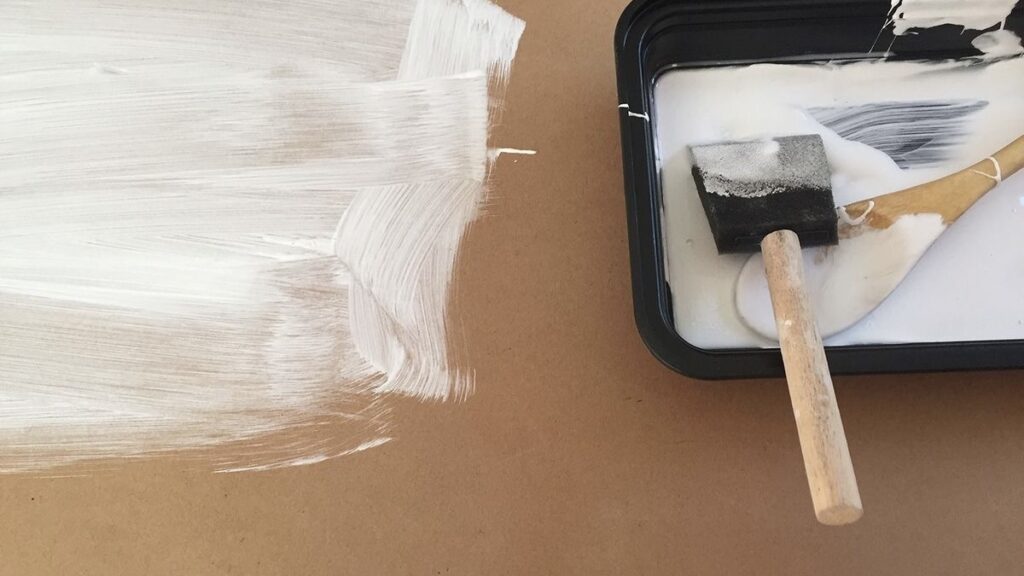
The key? Always sand the space and clean it before you grab a paintbrush. A smooth, clean surface gives your fresh coat of paint a strong foundation to hold onto—and it makes all the difference.
Choosing the Right Paint Matters a Lot
Not all paint is created equal. Low-quality paint is more likely to crack and peel, no matter how well you prepare your wall. That is to say that everything works together to prevent peeling.
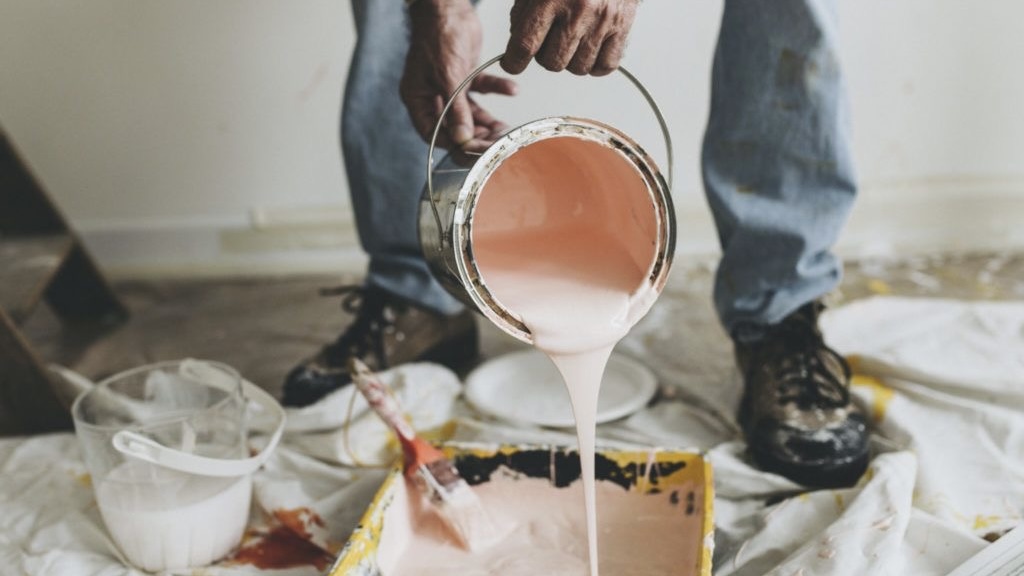
If you’ve been cutting corners, it’s time to invest in high-quality options. Neutral paint colors, like soft gray or cream, not only last longer but also make your space look timeless. A little extra cash upfront can save you endless frustration later.
Scrape Off Loose Paint
To stop paint from peeling on walls, you need a solid game plan. First things first, start by scraping away loose paint, then sand the space until it’s very smooth. Don’t rush it.
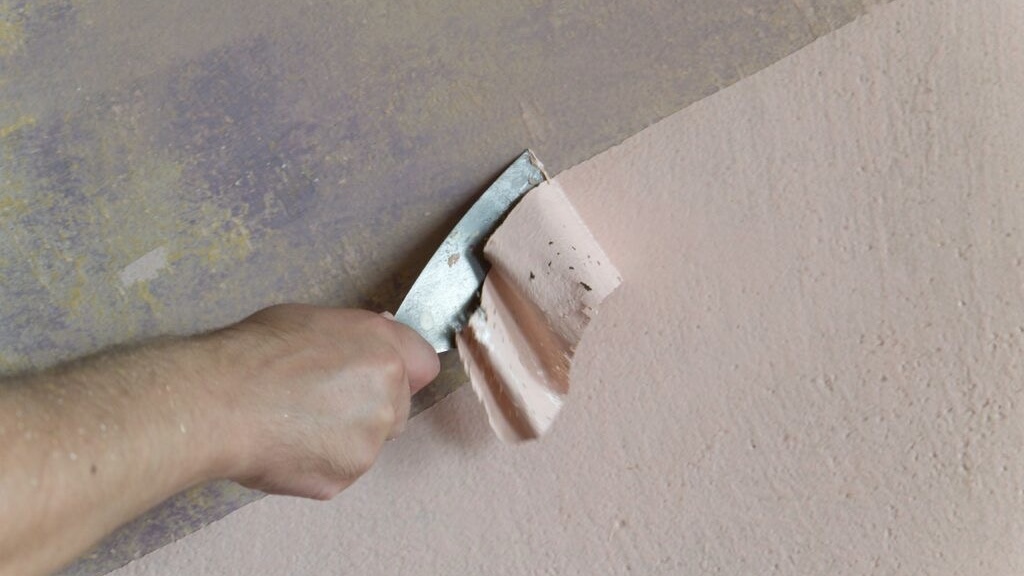
Furthermore, clean the wall to remove dust or grease, and don’t forget to use a primer. This step is very important. Once the surface is prepped, apply a fresh coat of paint in even strokes. Taking your time here means no more peeling down the line.
Tools You’ll Need to Fix Paint Peeling
Repairing peeling paint doesn’t require fancy equipment, but having the right tool is key. Grab a scraper, sandpaper, a patching compound, primer, and quality paint.
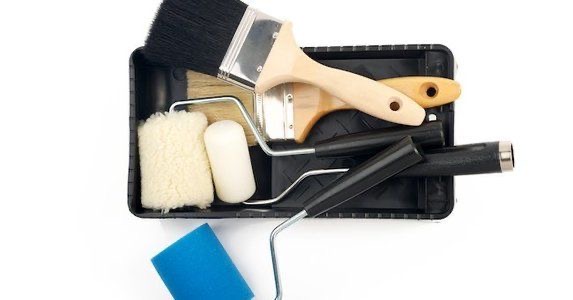
Don’t forget a paintbrush or roller for even application. Once you’ve got everything ready, it’s just about following the steps: scrape, sand, clean, and paint. Trust the process; everything will come out well.
Why Neutral Paint Colors Are a Smart Choice
Neutral paint colors aren’t just trendy—they’re practical too. They hide imperfections better than bold shades and give your space a clean, modern look.
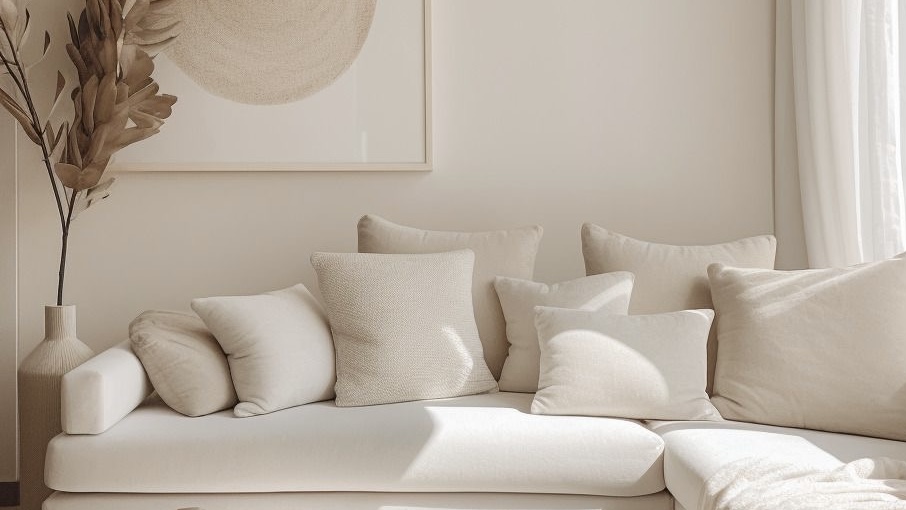
In addition, if you ever need to touch up peeling areas, it’s much easier to match neutral tones than bright ones. Think soft whites, beige, or gray for a timeless finish that’s easy to maintain.
Improve Your Painting Skills
Improving your painting skills is one of the fun parts of this whole process of preventing peeling paint. You don’t have to be a professional to nail your next paint job. Practice makes perfect! Use steady, even strokes, and don’t overload your brush with paint.
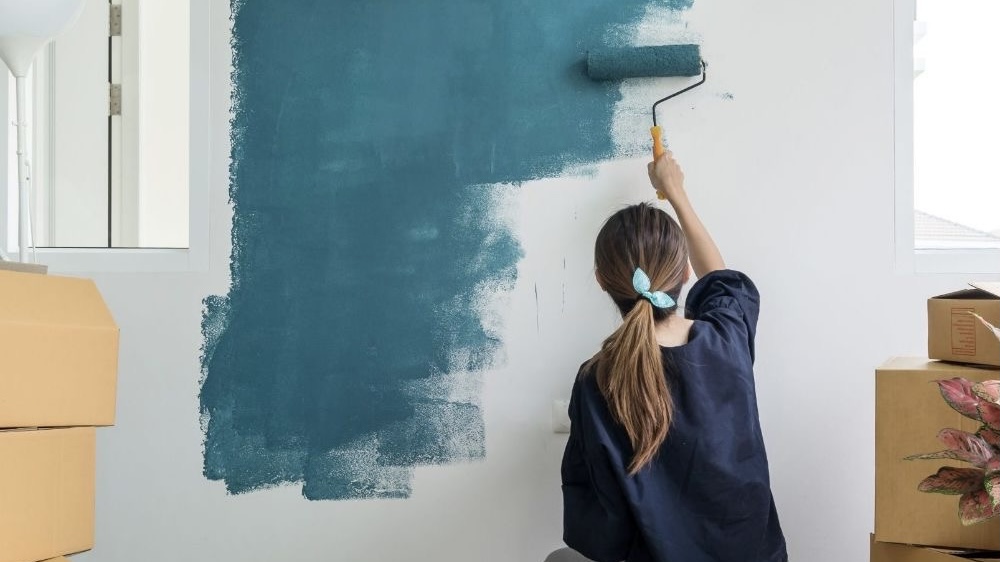
In addition, always work in sections, letting each layer dry completely before adding the next. If you make mistakes, no worries—just sand the space and try again. Painting is all about patience, and the results are so worth it.
Keep Your Walls Happy
The best way to fix peeling paint is to prevent it from happening in the first place. Regularly check your walls for moisture or small cracks. Keep your home well-ventilated, especially in humid areas like bathrooms. When it’s time to repaint, don’t skip the prep work—clean, sand, and prime every time. With these habits, your walls will stay flawless for years to come.
